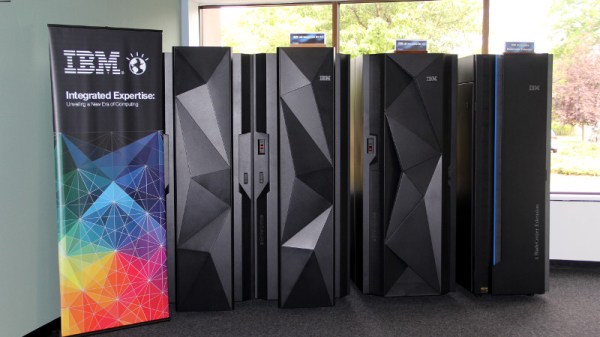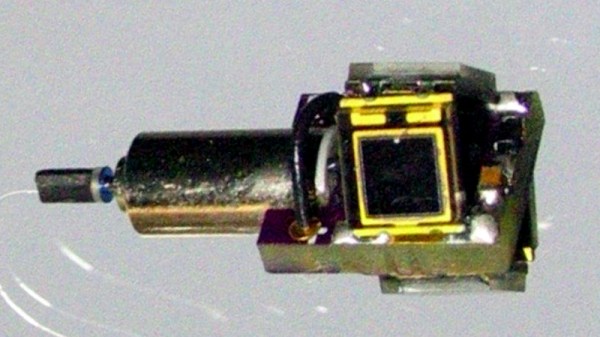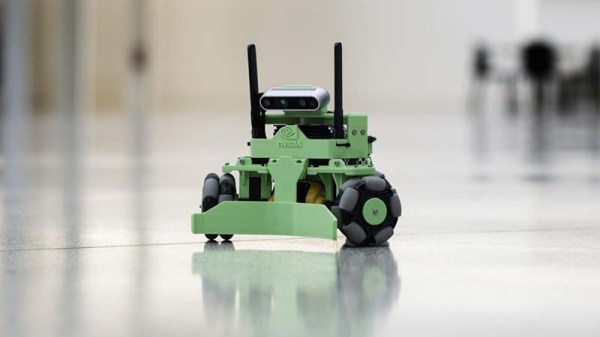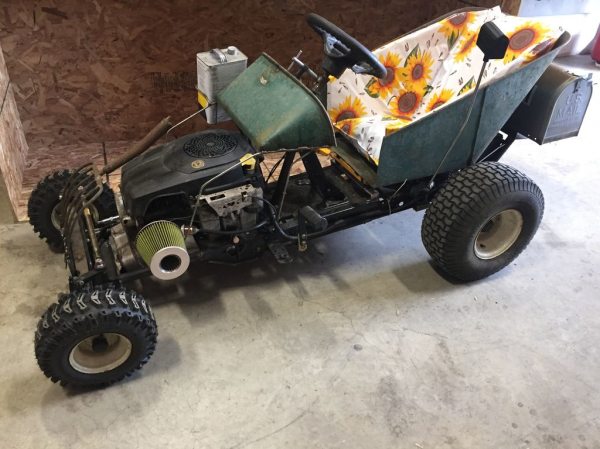The computers we are used to working with are more likely to be at the smaller end of the computational spectrum. Sometimes they are very small indeed, such as tiny microcontrollers with only a few GPIOs. Others are single board machines such as a Raspberry Pi or an Arduino, and often a desktop or laptop PC. Of course, while these can be very capable machines, they don’t cut the mustard in the upper echelons of corporate computing. There the mainframe still rules, sitting in air-conditioned machine rooms and providing some of the glue that cements our economy together.
Most of us will never own a mainframe, even if sometimes we marvel at people who rescue ancient ones for museums. But it’s not impossible to run one yourself even if it isn’t cheap, and [Christian Svensson] has written a guide for the potential purchaser of a more recent IBM model.
This is a fascinating piece as an uninformed spectator because it reveals something about the marketing of these machines. A fridge-sized rack may contain much more hardware than expected because all machines ship with high specifications installed but not enabled by licensing software. In some IBM machines this software comes on an attached laptop which goes missing when the mainframe is decommissioned, we’re told without this essential component the machine is junk. The practicalities are also considered, such things as whether the appropriate interface modules are present, or how to assess how much RAM has been installed. Powering the beast is less of a problem than you might expect as they ship with PSUs able to take a wide variety of DC or AC sources.
Once upon a time the chance to own one of the earlier DEC VAX minicomputers came the way of your scribe, the passing up on which has ever since been the source of alternate regret and thankfulness at a lucky escape. The ownership of second-hand Big Iron is not for everyone, but it’s nevertheless interesting to learn about it from those who have taken the plunge. There’s a tale unfolding about the ownership of a much older IBM room-sized computer at the moment.
IBM mainframes header image: Agiorgio [CC BY-SA 4.0]

















